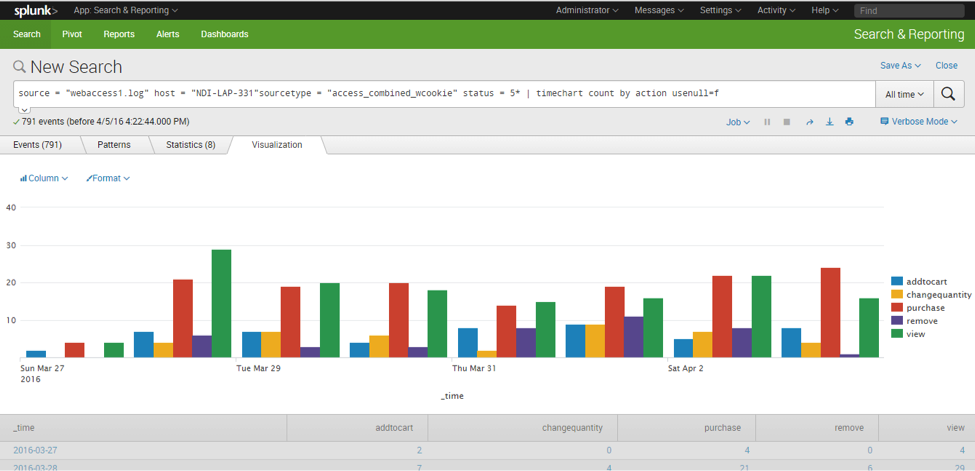

The user- and community-generated information, content, data, text, graphics, images, videos, documents and other materials made available on Splunk Lantern is Community Content as provided in the terms and conditions of the Splunk Website Terms of Use, and it should not be implied that Splunk warrants, recommends, endorses or approves of any of the Community Content, nor is Splunk responsible for the availability or accuracy of such. That’s why 97% of clients are repeat customers. This is an overly simplistic example, but should give you an idea of how it's used: First, craft your subsearch that will give you the fields you care about.

And with hundreds of deployments under our belt, we can guarantee on-time and on-budget project delivery. 4 Answers Sorted by: 7 the FORMAT command can be particularly useful for this. Our battle-tested processes and methodology help companies with legacy systems get to the cloud faster, so they can be agile, reduce costs, and improve operational efficiencies. We guide clients’ decisions, quickly implement the right technologies with the right people, and keep them running for sustainable growth. Want to learn more about combining data sources in Splunk? Contact us today! TekStream accelerates clients’ digital transformation by navigating complex technology environments with a combination of technical expertise and staffing solutions. Requires at least two searches that will be “unioned”ĭoes not allow use of operators within the base searchesĪllows both streaming and non-streaming operatorsĭoes only a single search for events that match specified criteriaĪppends results of the “subsearch” to the results of the primary searchīehaves like multisearch with streaming searches and like append with non-streaming Requires a primary search and a secondary one Subject to a maximum of 50,000 result rows by defaultĭefault of 50,000 result rows with non-streaming searches. No limit to the number of rows that can be produced Results are interleaved based on the time field Second Search (For each result perform another search, such as find list of vulnerabilities. First Search (get list of hosts) Get Results. When your search produces result, LUCount for results from existing lookup csv file will be less then total and hence will be filtered out (only your base. Results are added to the bottom of the table What is typically the best way to do splunk searches that following logic. Choose the most efficient method based on the command types needed The table below shows a comparison of the four methods: ORĬan be either the first command or used in between searches. Also the search clause is added to the subsearch query.Īs we see, the result contains only the events where the file size is equal to the max file size found by considering all the events, and the event day is a Sunday.Comparing OR, Append, Multisearch, and Union Next, we add the subsearch query to the primary or the outer query by putting the subsearch inside square brackets. The below image shows the search and the result of this subsearch − Adding the Subsearch This identifies the maximum size of the file for the time frame for which the search query is run. In Splunk, the primary query should return one result which can be input to the outer or the secondary query. It is similar to the concept of subquery in case of SQL language. We use the function Stat max with the field named bytes as the argument. Subsearch is a special case of the regular search when the result of a secondary or inner query is the input to the primary or outer query.
#Splunk subsearch based on results how to
We first create the subsearch to find the maximum file size. In this section you will learn how to correlate events by using subsearches. Then we want to find only those events where the file size is equal to the maximum size, and is a Sunday.

We consider the case of finding a file from web log which has maximum byte size. Subsearches must be enclosed in square brackets in the primary search. When a search contains a subsearch, the subsearch is run first. Subsearch is a special case of the regular search when the result of a secondary or inner query is the input to the primary or outer query.


 0 kommentar(er)
0 kommentar(er)
